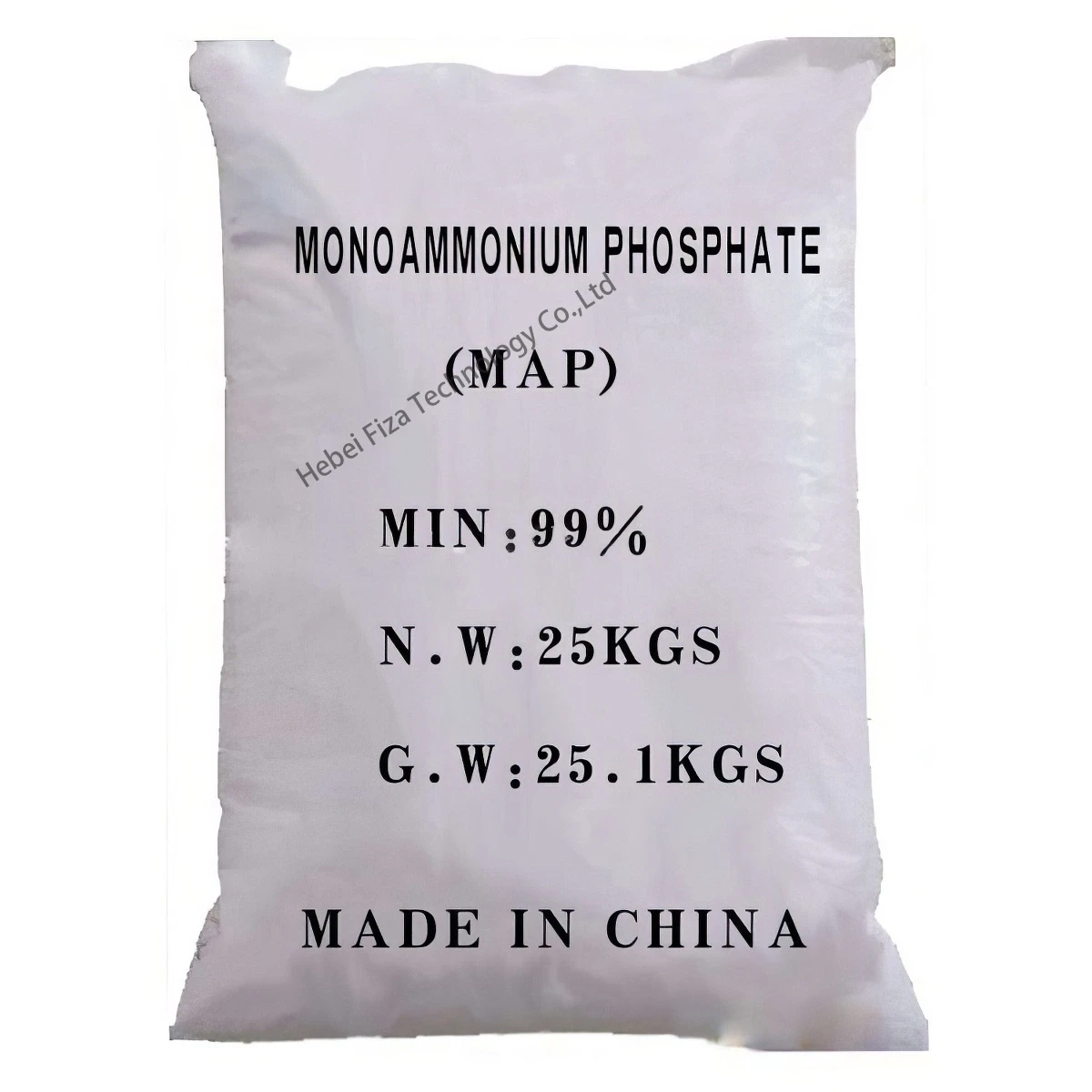



k2s2o8 cas no
Understanding Potassium Persulfate K2S2O8, CAS No. 7727-21-1
Potassium persulfate, with the chemical formula K2S2O8 and CAS number 7727-21-1, is a vital compound widely utilized in various industrial applications, especially in chemical synthesis and as an oxidizing agent. As a white crystalline powder, it is soluble in water and possesses significant oxidizing properties, making it an essential reagent in organic chemistry.
Chemical Properties
Potassium persulfate is a persulfate salt derived from sulfuric acid. It is characterized by its molecular weight of approximately 270.32 g/mol. The compound dissociates in aqueous solutions to release persulfate ions (S2O8²⁻), which are potent oxidizers. This ability to act as a strong oxidizing agent is what gives potassium persulfate its versatility in various applications.
The compound decomposes upon heating, releasing oxygen gas and generating potassium sulfate as a byproduct. This decomposition reaction is critical as it can be initiated by heat or catalytic substances, making potassium persulfate a valuable component in processes requiring controlled oxidation.
Industrial Applications
Potassium persulfate is extensively used in the production of polymer materials, particularly in the polymerization of acrylics and styrenes. It acts as an initiator that activates the polymerization process, enhancing the synthesis of various plastics, latex, and rubber products. Due to its ability to create free radicals, potassium persulfate is indispensable in the manufacture of synthetic fibers and coatings.
In the realm of surface treatments, this compound is employed for etching and cleaning purposes in semiconductor manufacturing. It helps remove organic contaminants from surfaces, ensuring better adherence and performance of coatings applied in semiconductor devices.
k2s2o8 cas no

Additionally, potassium persulfate finds significance in the field of water treatment. It can be used to remove organic pollutants and disinfection of water, owing to its strong oxidizing capabilities. This application is crucial in promoting environmental safety and ensuring clean water supply.
Laboratory Use
In laboratory settings, potassium persulfate serves as an oxidizing agent for various organic reactions, including the oxidation of alcohols to carbonyl compounds and the synthesis of carboxylic acids. Its presence allows chemists to explore reaction pathways that require strong oxidation without employing hazardous oxidants.
Researchers also utilize potassium persulfate in the determination of sulfide ions. It plays a key role in analytical chemistry, facilitating the quantification of various compounds through redox titrations.
Safety and Handling
While potassium persulfate is an important chemical, it must be handled with care. It is classified as an irritant, and exposure can lead to respiratory issues or skin irritation. Proper safety measures, including wearing gloves, goggles, and using appropriate ventilation, should always be implemented when working with this compound.
In conclusion, potassium persulfate (K2S2O8, CAS No. 7727-21-1) is a multifunctional compound with a broad range of applications across various industries. Its strong oxidizing properties make it invaluable in the realms of polymer production, water treatment, and chemical synthesis. Understanding the properties and safe handling of potassium persulfate is crucial for those who utilize this chemical in both industrial and laboratory environments. Whether in academia or industry, its role in facilitating chemical processes cannot be understated, confirming its status as a pivotal compound in modern chemistry.
-
Why Sodium Persulfate Is Everywhere NowNewsJul.07,2025
-
Why Polyacrylamide Is in High DemandNewsJul.07,2025
-
Understanding Paint Chemicals and Their ApplicationsNewsJul.07,2025
-
Smart Use Of Mining ChemicalsNewsJul.07,2025
-
Practical Uses of Potassium MonopersulfateNewsJul.07,2025
-
Agrochemicals In Real FarmingNewsJul.07,2025
-
Sodium Chlorite Hot UsesNewsJul.01,2025










